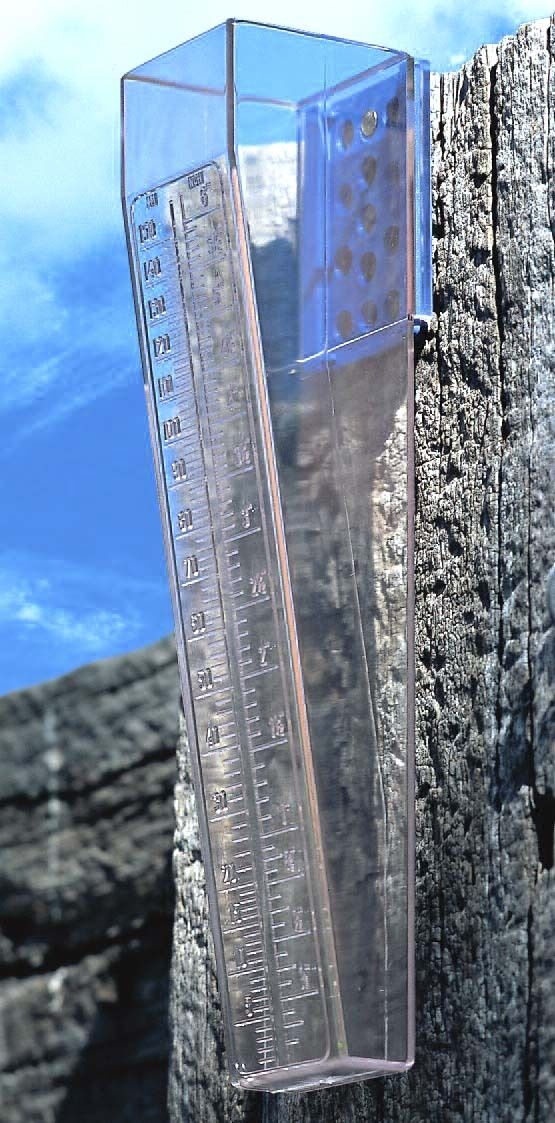Rain Gauge Acquiring Overview: What You Required to Know for Optimum Efficiency
Rain Gauge Acquiring Overview: What You Required to Know for Optimum Efficiency
Blog Article
Unveiling the Science Behind Rainfall Evaluates: Exactly How These Instruments Play a Crucial Role in Environment Study and Ecological Monitoring
Rain assesses, seemingly easy tools, hold an extensive relevance in the world of climate research and environmental monitoring. These unassuming tools silently accumulate one of nature's most vital aspects-- rains. Behind their plain exterior exists a complex science that is crucial for understanding the dynamics of our environment. As we peel back the layers of this scientific veil surrounding rain evaluates, we discover a world where accuracy, information precision, and careful monitoring merge to introduce a much deeper understanding of our altering environment and its effect on the world.
Importance of Rain Gauges
Rain determines play a vital duty in tracking and determining precipitation degrees, providing important information for environment study and analysis. These gadgets are basic in evaluating the amount of rainfall that occurs in a details location over a certain duration. By gathering and determining rainwater, rainfall assesses offer valuable understandings into the circulation and intensity of rainfall, aiding meteorologists, hydrologists, and climatologists in recognizing weather condition patterns and trends.
Additionally, long-term data gathered from rain assesses assists in analyzing climate modification effects and patterns, contributing substantially to clinical research study and decision-making processes. In essence, rain gauges serve as important tools in the field of meteorology and environmental science, playing an essential duty in progressing our understanding of climate and environment characteristics.
Kinds Of Rainfall Gauges

Capability and Procedure
In the world of environment research study and meteorological researches, the efficiency of rainfall determines hinge on their detailed functionality and accurate operational mechanisms. Rain assesses are created to precisely measure the quantity of rainfall that falls over a particular area during a collection period. These devices typically are composed of a funnel that collects rain and channels it right into a gauging tube. The gauging tube is marked with calibrated measurements that enable for the accurate quantification of rainfall.
The performance of rainfall evaluates is based on the principle of accumulating and measuring rain in a standardized way. This collected information is crucial for understanding neighborhood weather patterns, tracking long-term environment patterns, and analyzing ecological effects. To make certain precise measurements, rainfall gauges requirement to be purposefully placed in open areas away from obstructions such as structures or trees that might click here to find out more disrupt the collection procedure.
The functional aspect of rainfall assesses involves regular maintenance to avoid debris buildup, calibration checks to keep measurement accuracy, and data taping for evaluation (rain gauge). Overall, the functionality and procedure of rain assesses are essential for gathering trustworthy rainfall information important to environment research study and ecological tracking
Role in Environment Study
Offered the crucial relevance of precise precipitation dimensions in comprehending weather condition patterns and get more ecological influences, the function of rain gauges in environment study is indispensable. Rainfall evaluates supply essential information for environment study by evaluating the amount of precipitation that falls over a details area throughout a provided duration. This data is essential for keeping track of long-term trends in rainfall patterns, examining the effect of climate adjustment on rains distribution, and boosting environment models.

Climate researchers use information gathered from rain assesses to evaluate variants in rainfall degrees, identify regional environment trends, and review the efficiency of water source monitoring techniques. By comparing historical precipitation data with existing dimensions, researchers can detect shifts in precipitation patterns, such as modifications in the regularity or strength of rains occasions. This info is crucial for understanding just how environment modification is influencing precipitation characteristics and can aid policymakers make informed choices regarding adjustment and reduction approaches.
Applications in Ecological Surveillance

In flood projecting, rainfall gauge data aids to track rains strength and circulation, enabling authorities to provide prompt warnings and take essential measures to minimize flooding threats (rain gauge). Dry spell tracking counts on rain gauge information to examine wetness degrees in Web Site the dirt and track rainfall shortages, aiding in the recognition of drought-prone locations and the execution of drought action strategies
Additionally, rain gauge information plays a crucial function in water source monitoring by offering information on water schedule and usage patterns. This data is utilized to make informed decisions concerning water allotment, conservation measures, and sustainable water resource preparation. Additionally, in agriculture, rainfall scale data helps farmers in optimizing watering schedules, plant selection, and overall farm management practices based upon local precipitation patterns. Overall, rain evaluates are important devices in environmental surveillance, using valuable insights that contribute to educated decision-making and lasting resource monitoring.
Verdict
Finally, rain determines are important devices for determining rainfall, supplying valuable data for climate research study and environmental tracking. With different kinds and capabilities, rain gauges play an essential function in comprehending rainfall patterns and their effect on the atmosphere. By accurately determining rainfall, these devices add to the improvement of clinical understanding and help in making informed decisions pertaining to water source administration and disaster readiness.
Rainfall evaluates play an essential role in tracking and gauging rainfall levels, giving essential information for environment research study and analysis. The standard rainfall scale, understood as the "tipping pail" gauge, is one of the most frequently made use of devices. Ultrasonic rainfall assesses use sound waves to detect the presence of rainfall, giving real-time information on rainfall degrees.Climate scientists use information gathered from rain determines to examine variations in precipitation degrees, recognize local environment fads, and evaluate the effectiveness of water resource management techniques.In conclusion, rainfall determines are crucial tools for gauging precipitation, offering valuable data for environment study and environmental monitoring.
Report this page